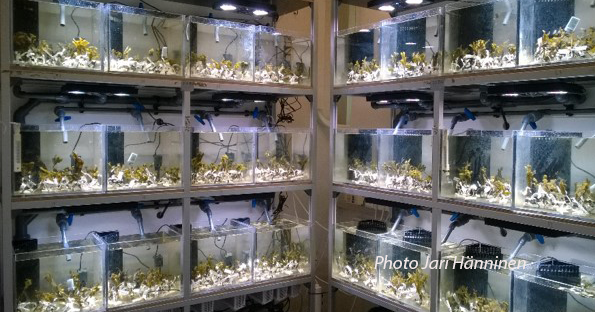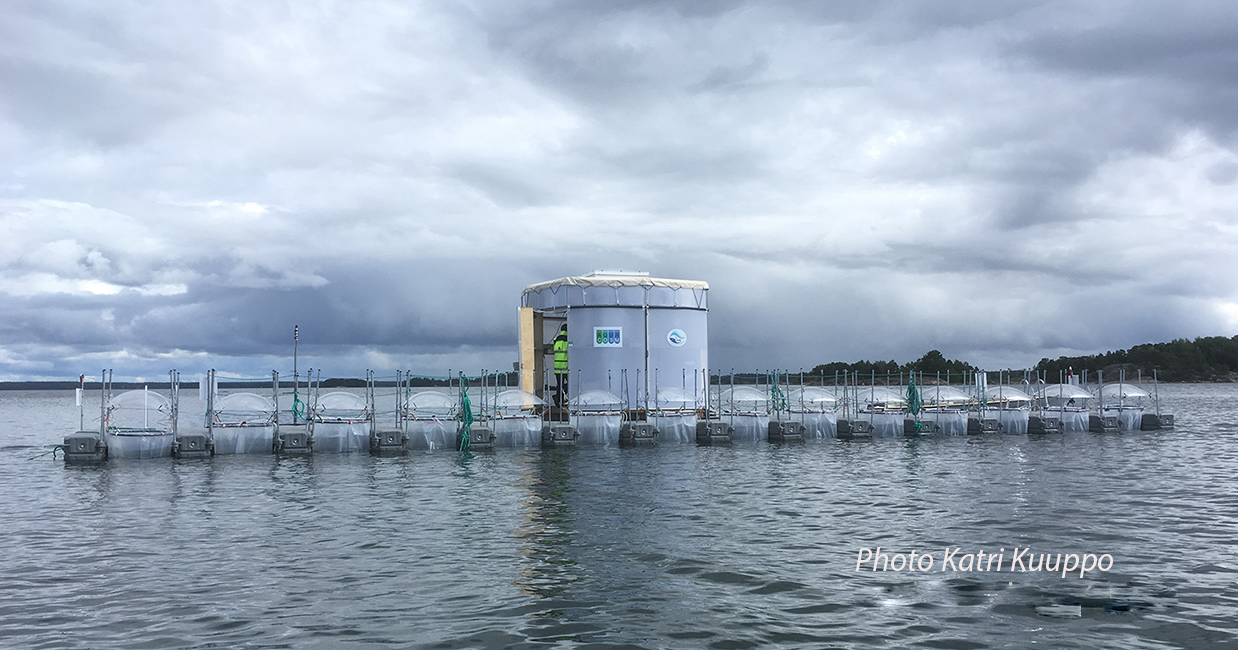FINMARI
integration approach
FINMARI is a distributed interdisciplinary marine RI with a joint mission.
FINMARI has a strategic, long-term approach to utilize the specific strengths of the partnership in addressing the hierarchic variability scales in the marine realm. The approach emphasizes next generation survey tools, necessary to address the physical dynamics of the system and the embedded chemical and biological processes. In parallel, novel automated experimental facilities are a priority, targeting especially at biodiversity and ecosystem function research, organism traits, climate change experimentation and scenario testing. FINMARI also addresses the emerging challenges in addition to the Triple Crisis in marine environments: the green transition and blue economy, and marine safety.
Research and observation platforms consist of
A ship-of-opportunity network of regular ferry routes capture the large-scale N-S and E–W gradients of the Baltic Sea.
Research vessels, gliders, Argo floats and towed acoustic, optical and sampling devices address the dynamic variability in the mesoscale (length scales from 1 to 100 km).
A network of profiling buoys in the vicinity to 3 coastal stations (Seili, Tvärminne, Utö) captures the high-resolution vertical and biogeographical gradients of the archipelago coastline.
Continuous flow-through and buoy measurements at the automated research station on Island Utö reveal the fine-scale/long-term temporal variability in physical, chemical and biological parameters and air-sea carbon exchange.
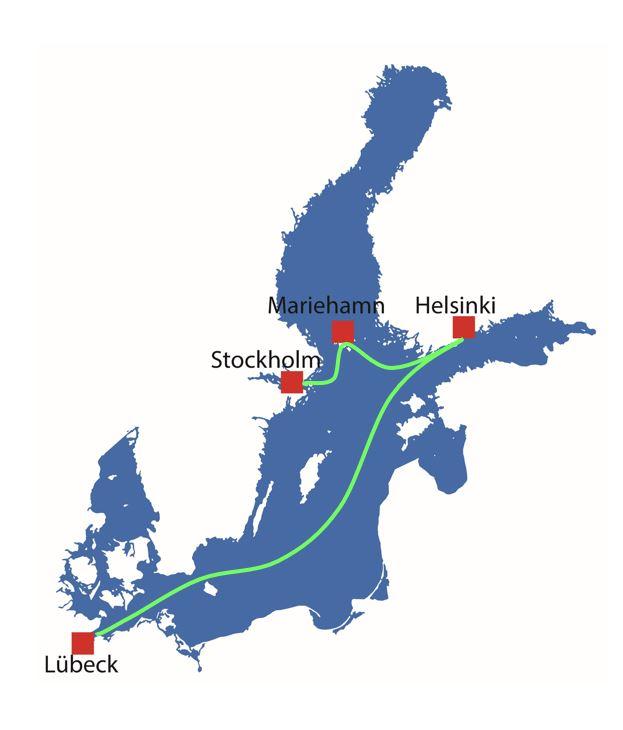
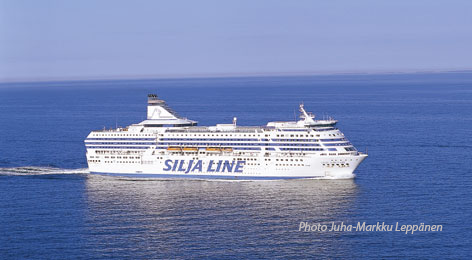

Alg@line FerryBox routes across the Baltic Sea. The measurements are done onboard Silja Serenade between Helsinki and Stockholm and onboard Finnmaid between Helsinki and Lübeck.

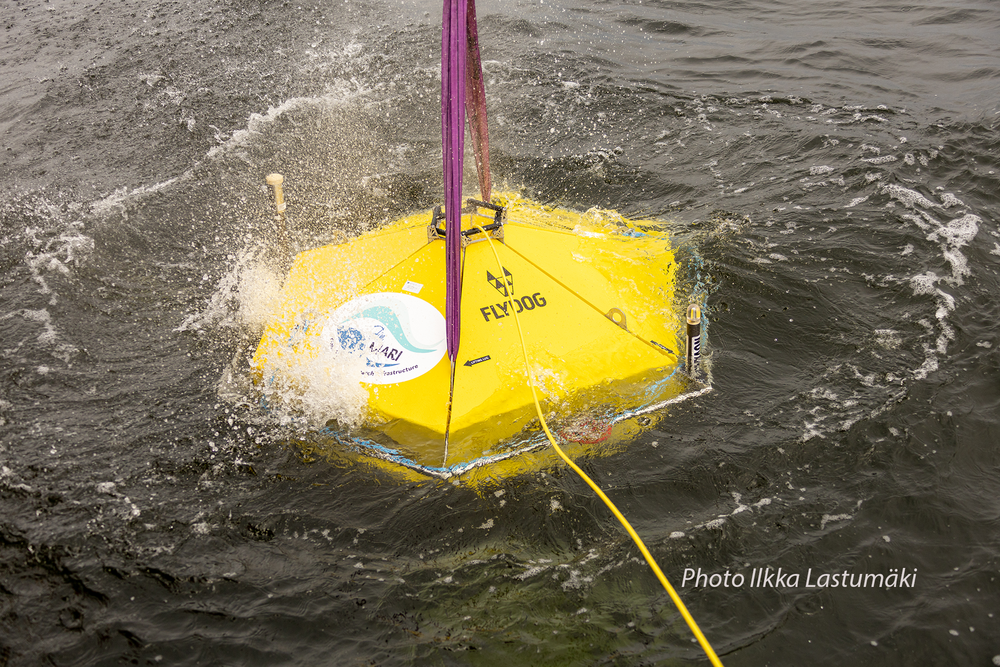
Deployment of a profiling buoy onboard Aranda.
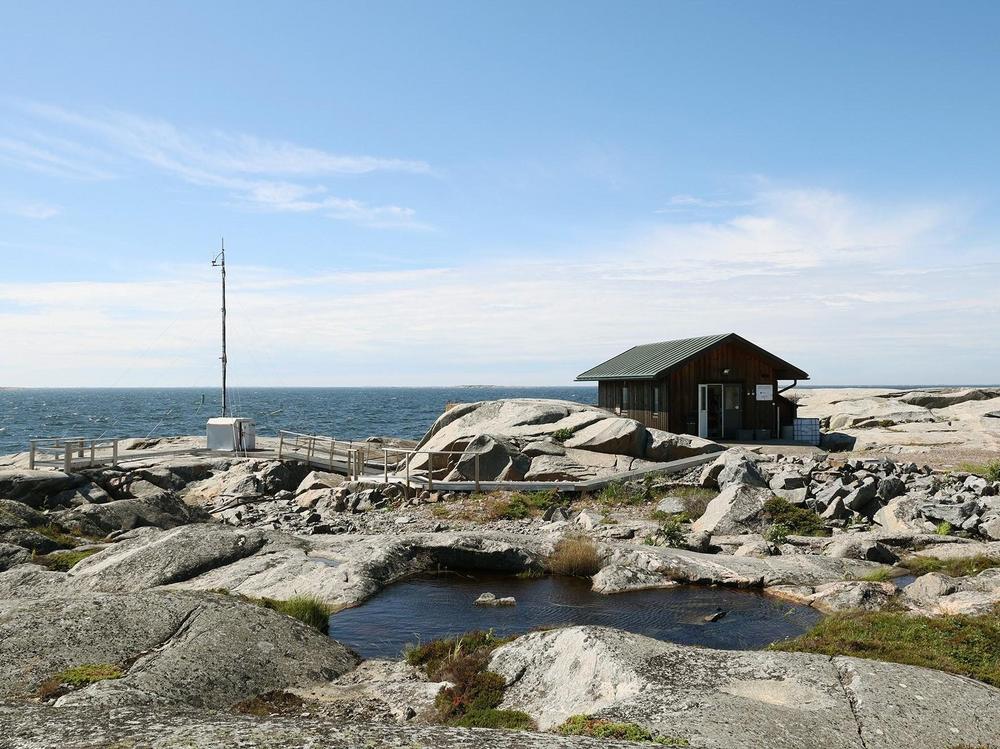
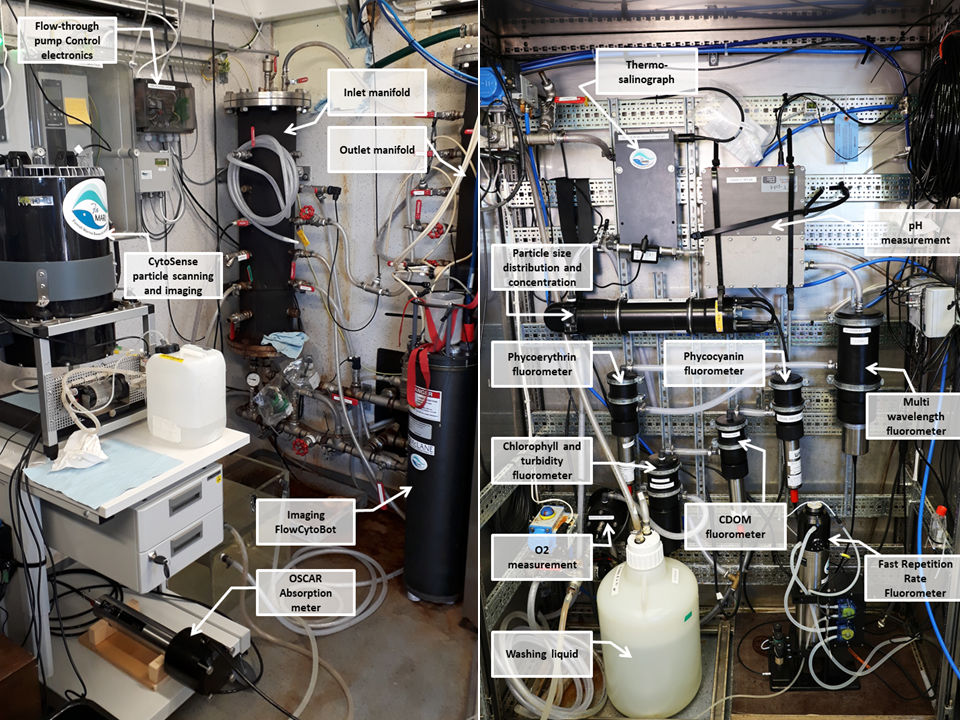
Utö marine research station at the edge of the Archipelago Sea and the 'stationary ferrybox', which measures autonomically and in real time several physical, chemical and biological variables from the sea.
Multiscale variability in bottom habitats is addressed by measuring seabed geological properties, high-resolution habitat mapping with multiple sonar techniques, and high-resolution in situ gas fluxes across the water-sediment interface by multiparameter benthic lander and eddy covariance techniques.
Experimental laboratories provide novel facilities customized for marine process studies, scenario testing, food web interactions, and trait parameterization within the joint research framework.
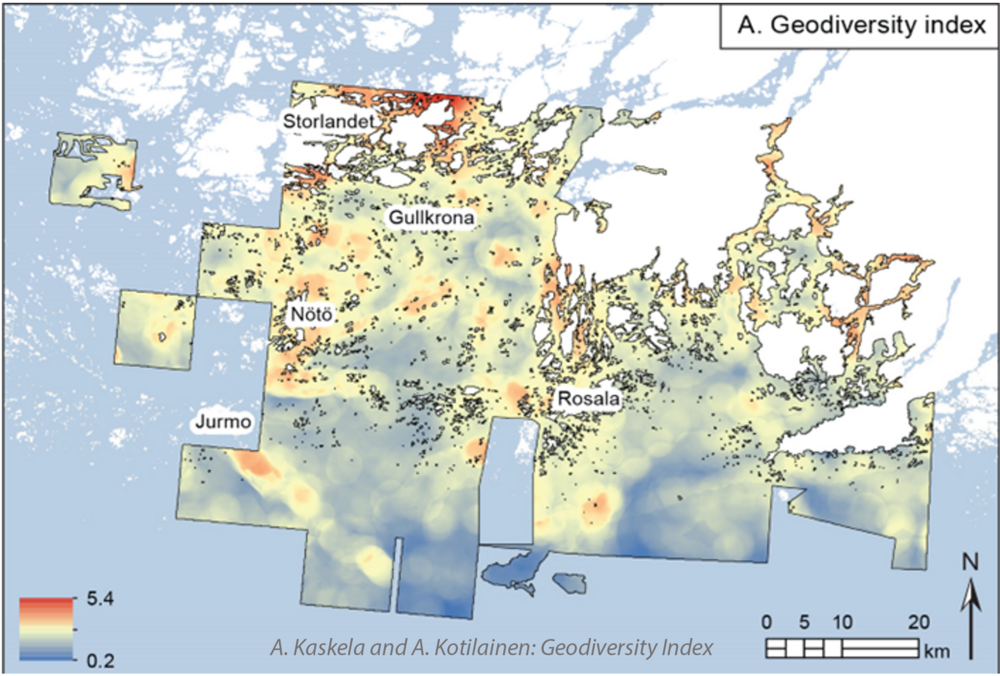
Geodiversity Index in the Archipelago Sea by Kaskela & Kotilainen
Indoor experimental aquaria at the Archipelago research Institute, University of Turku, and experimental outdoor mesocosm installation at Tvärminne Zoological Station, University of Helsinki.
